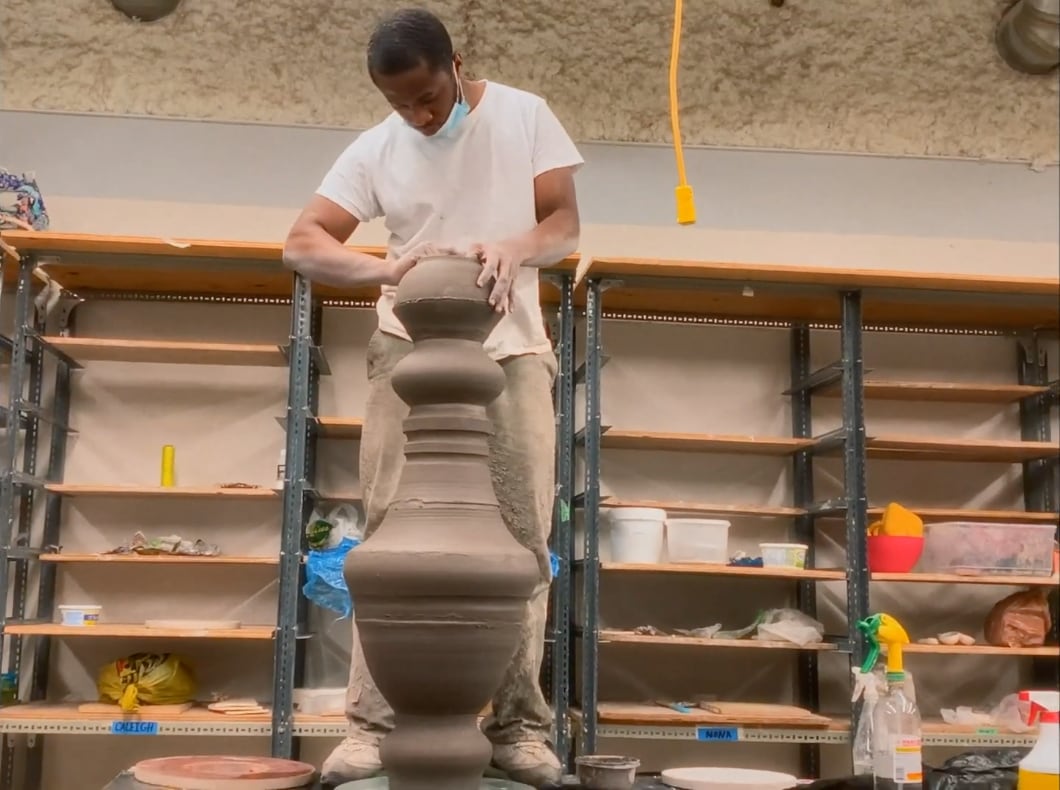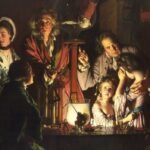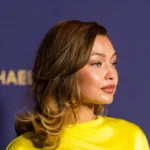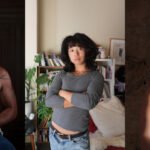
For interdisciplinary artist Chukwudubem Ukaigwe, ideas come first.
When one particular concept, dialogue or inquiry wants to be explored through painting, another might like to be voiced through sound, video or sculpture. “The work usually chooses its medium,” he says. “I just listen for its announcement, and help give shape.”
The Nigerian artist, curator and writer moved to Canada to study at the University of Manitoba, and is currently earning an MFA degree at Stanford University.
Ukaigwe works across many media, including sculpture, sound, installation, painting, printmaking, writing, video, ceramics and performance. His artwork crisscrosses these modes to stage intertextual conversations, engaging voices and ideas from across literary, philosophical and artistic traditions as well as lived experience.
Representing the Prairies, Ukaigwe is one of six finalists vying for the prestigious Sobey Art Award, which comes with a $100,000 grand prize. To better get to know the 2025 Sobey contenders, CBC Arts sent a questionnaire to each of the shortlisted artists. Read on to learn what professions Ukaigwe might have followed “in another life,” how his art practice is like a rhizome and what the artist absolutely needs to do his best work.
The winner of the 2025 Sobey Art Award will be announced on Nov. 8. You can follow all of our Sobey Art Award coverage here.
WATCH | 2025 Sobey Art Award — Chukwudubem Ukaigwe:
CBC Arts: When did you first know that you wanted to be an artist?
Chukwudubem Ukaigwe: I have always had a predisposition towards aesthetic visual cultures, sound and art history, even before I had the privilege to hone in or nurture my art practice. I say it is a privilege because, I admit, it wasn’t the most viable career path for kids from my generation who grew up in the West African region of my birth.
What does art give you the opportunity to do?
Being a contemporary artist affords me the amorphous prospect of engaging ideas considered within other occupational sectors or walks of life. Being an artist can be an expansive ordeal that permits learning and exposes one to contend with a myriad of things — including the opportunity of confronting yourself.
Is there a question, inquiry or investigation central to your art practice? What is it?
A singular roundabout centring or staging my praxis is non-existent. I’d like to think of my practice as a rhizome with multiple synaptic crossroads of conceptual musings by which I am able to traverse with directional coordinates or as errant. I am invested in the quotidian and the ordinary. My practice also hovers over semiotics, literary devices, poetry, shared authorship, sound, community, time, locution, experimentation and syntax.
Why do you practice the disciplines you do? Why do you use the materials you do? What is their significance?
I have an interdisciplinary art practice, which means I work across multiple mediums: sculpture, sound, installation, painting, printmaking, writing, video, ceramics and performance. There is no preferential hierarchy to how I access these modes of working. I am utterly concerned with material language, and it is common practice for me to reach out for the most appropriate medium to clearly voice a particular concept.
What I am trying to say is that there are ideas that are ineffable when an attempt is made to contextualize them through the language of painting; on the other hand, there are other hypotheses that are best enunciated through the languaging system of video. The work usually chooses its medium, I just listen for its announcement, and help give shape.

What do you hope viewers experience through your art?
Whatever they decide to. I lose sole narratival authorship of the pieces as soon as they leave my studio. I hope it is not reductive to say that the works are a theoretical mirror that purposely fall short of a preacherly verdict. They are generative propositions to be engaged with, and I am usually impressed and flabbergasted by the horizons people take the work to. My viewers have a lot of depth.
To work best, what do you absolutely need?
I need money; I need time; I need space; I need books to drink from; I need community and people and conversations; I need cinema; I need failure; more books, and I don’t mean the self-help type, give me literature; I need to show up; I need to show up for myself and others; we need to dream; I need water, meaning a visit to the ocean; I need to dance; I need some loving; I need to rest; I need to jest; I need to set fire to the score; I need to smash the gavel on the law, meaning artistic rules; I need to ask for help; I need to whistle; I need to tickle; I need to move on.
What was the most impactful work of art — in any medium — you experienced this past year?
Camille Turner’s Otherworld. I wrote an essay that was just published by Public Parking Publication. Go read it.

If you weren’t an artist, what would you like to do for work?
I was on track to becoming a mechanical engineer before switching to the School of Art at the University of Manitoba, where I earned a bachelor of fine art. I have a sweet spot for mathematics and chemistry. In another life, I could be a professional music composer or a horticulturist like my parents.
Can you tell us about the artwork you’re showing at the National Gallery of Canada for the Sobey Art Award exhibition?
My exhibition at the National Gallery of Canada is an auditory, visual and spatial annotation on a Glissantian Relation, and survival within our current world order, which is upheld by a colonial matrix of power. It attempts at offering a poiesis of possibilities to further theorize from.
How does this artwork exemplify your practice?
It is important work.
The winner of the 2025 Sobey Art Award will be announced on Nov. 8 in Ottawa. The Sobey Art Award exhibition continues at the National Gallery of Canada through Feb. 8, 2026.










